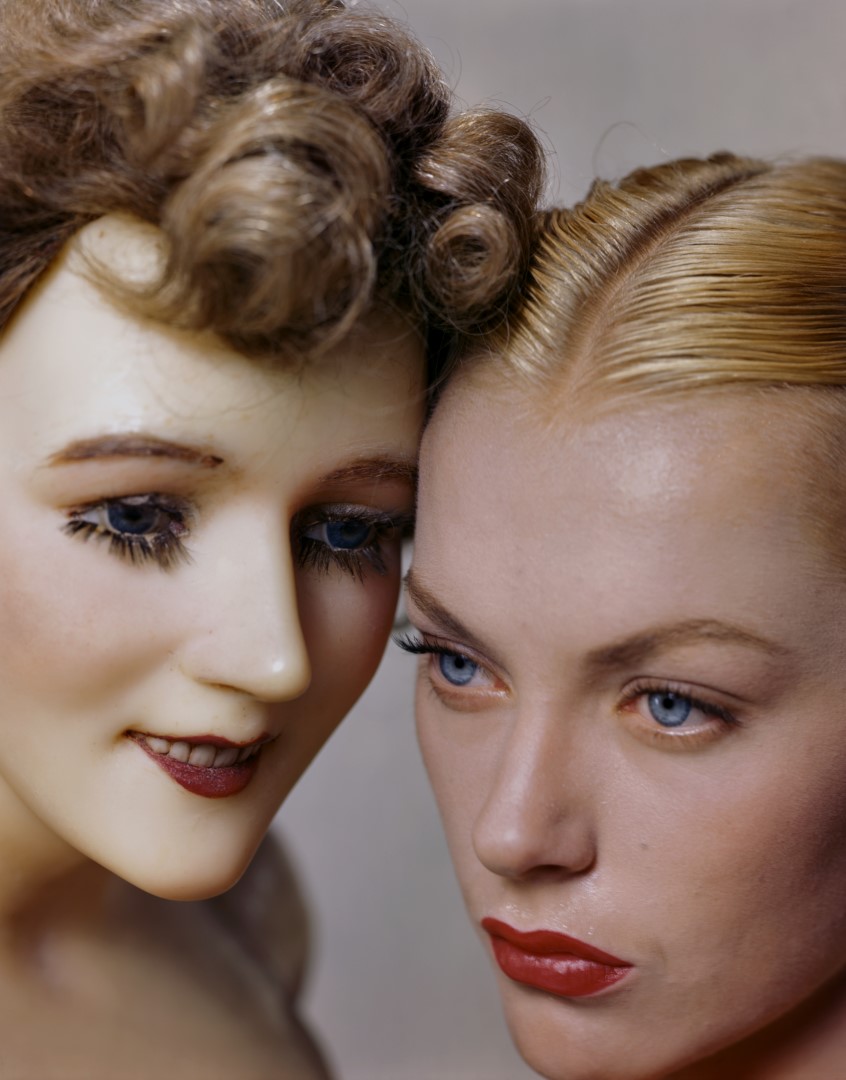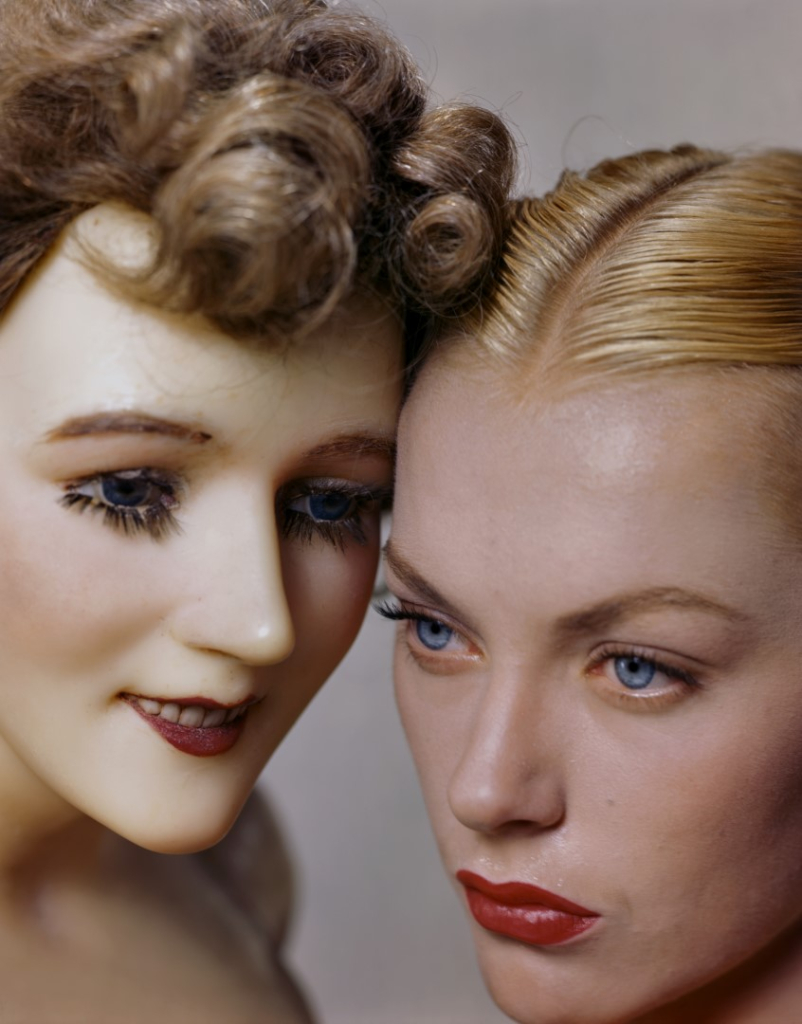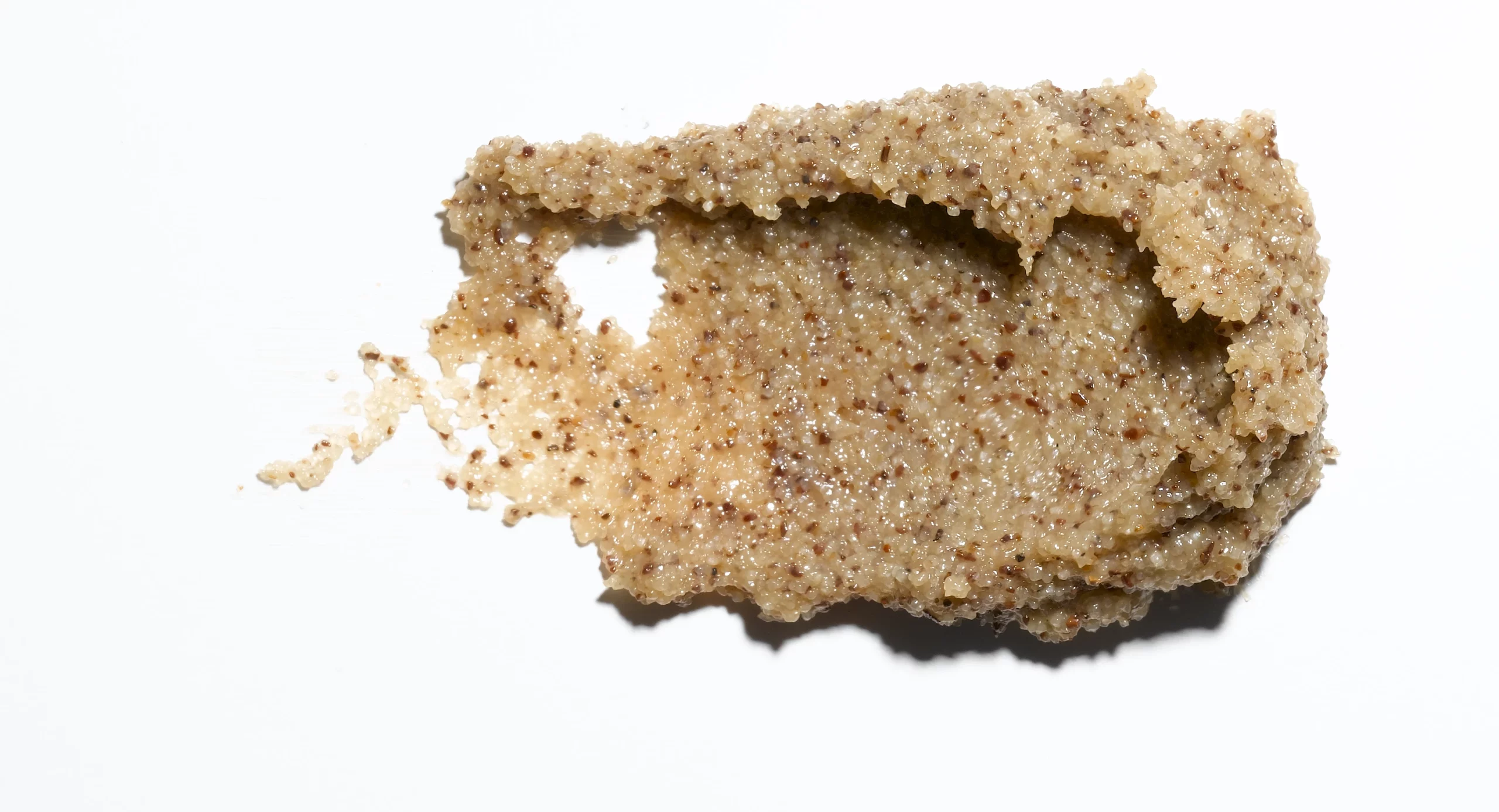Do we have a crisis with impossible claims on cosmetic packaging?
Kristina Mikulić GazdovićFebruary 27, 2024


February 27, 2024
Consumers today want to know what’s in their skincare products down to the finest detail. For example, it’s not unusual to scour the depths of the internet searching for evidence and reviews while standing among the cosmetic shelves of a drugstore. The transition towards promises backed by studies has gained so much momentum that often brief study conclusions can be found on the product packaging. It’s even “better” if the language describing the study results is completely incomprehensible, as it then lends a note of authority to the entire cosmetic promise.
An overly scientific explanation with words the average consumer doesn’t understand seems to imply an exceptionally effective product. It is precisely this borrowing of scientific authority that serves as a method of quickly gaining trust and creates conditions for the trap of impossible promises that fall into a gray area. The sudden popularity of active ingredients in drugstore cosmetics and the search for clinical studies to support their effectiveness have brought medical terminology into the cosmetic ether. There’s a significant difference between what a cosmetic cream can promise compared to a medical cream.
To best understand the point, I suggest you take a look at the packaging of your favorite anti-age product that aims to do something about wrinkles. You will surely find the phrase “reduces the visibility of wrinkles” on the packaging. Although we see the word visibility very clearly, in our understanding we’ll interpret it as the product will reduce wrinkles. Losing the word “visibility” would indicate a medical promise. The claim “reduces wrinkles” is a medical claim, as it implies structural changes in the skin, while the claim “reduces the visibility of wrinkles” is a cosmetic claim, as it promises to change the appearance of wrinkles. “The definition of cosmetics includes ‘improving appearance’ but it does not specify how this can be achieved.” – explained Kamal Kaur, founder and principal regulator at The Cosmetic Regulator, a cosmetic compliance specialist.

Vogue Archive, Erwin Blumenfeld
Cosmetics have the right to promise changes that concern the appearance of the skin. Nothing that implies structural changes in the skin is the domain of cosmetic promises, but rather medical ones. On the other hand, numerous clinical trials are available for certain active ingredients that make changes to the skin structure, such as retinoids and peptides. How then to communicate their effect without crossing into the zone of medical claims?
“Cosmetic products work through the various layers of skin, so they can change the structure of the skin but any claims which go beyond that i.e. physiological changes, are not permitted. Claims for retinol/vitamin A ingredients and products can demonstrate the efficacy and effectiveness of these ingredients on the skin and talk about how they work – changing the structure of the top layers of the skin. This is compliant and fine to claim. Most skincare ingredients will have effectiveness in the epidermis layer of the skin and some may go down to the dermis. Any further would indicate physiological changes and therefore the substance is not likely to be cosmetic. This is why brands avoid claims which are more high risk.” – explains Kam.

This entry into the gray area is a question of regulation for the entire industry. If cosmetics are not allowed to advertise changes in skin structure, how is it permissible to communicate the effects of retinols and peptides? Kam provides the answer:
“It is very common to see retinoid products claim things like ‘reduces the appearance of wrinkles’ followed by detail on the ingredient and its technology so there are some pieces that consumers tend to put together without the brand actively making stronger claims on the product as a whole. This is still an implicit claim. The reason for this is because the brand wants to showcase the ingredients they are using, provide consumers with the scientific evidence of what these ingredients can do and create a marketing story about the product as a whole but if they relate that explicitly to a product the claims can become high risk for a cosmetic and risk being seen as a medicinal product because of the terminology used.”
Personally, I have been troubled for some time by the part of the regulation that does not allow using text which attributes a characteristic to the product that it does not have. For example, it is not unusual to see a claim about the effectiveness of retinol, although on the back of the same packaging we see retinol ester. Likewise, when we talk about stable forms of Vitamin C, not all are equal. If the molecular size of stable vitamin C exceeds 500 Daltons, it will not be effective (because it cannot penetrate the dermis). So the serum can contain a completely useless form of vitamin C, or in other words, it contains a promise that the product surely cannot fulfill. From the conversation with Kam Kaur, it seems that brands then take the risk upon themselves.
“When brands include ingredients at such low levels e.g. 0.001% and they make a claim based on the presence of that ingredient, it is very high risk because the percentage is so low, how can that ingredient have the benefit claimed? This is a risk the brands take on themselves, even when it can be perceived as misleading” emphasizes Kam.

The problem with cosmetic claims, as we see, is of a dual nature. Sometimes it enters a gray area where it borders on medical terms. The European Commission is aware of this, hence why a detailed Guide for borderline products between cosmetic products and medicines has been drawn up. The entry of active ingredients onto drugstore shelves has contributed to blurring these boundaries, but an even bigger problem arises when products are given effects under the guise of scientific authority that they surely cannot fulfill. Whether it’s about ingredients that need to penetrate deep into the skin to be active, which they can’t do because their molecules are larger than 500 Daltons, or about putting such a low concentration with which the effect surely cannot be achieved.
The mere presence of an ingredient is not enough. The concentration at which the action is proven is of great importance. It goes both ways, and by that I mean situations where an excessively large amount has been added to the product, knowing that the average consumer will assume the old equation more is better, which is not always true. It would be ideal if companies adhered to concentrations that are clinically proven, but when the law does not limit or is not clearly stated, companies do not need to limit themselves knowing that customers will reach for their favorite ingredient in a larger dosing.
Perhaps it’s time to answer the question from the title. I believe we do have a crisis with impossible promises in the cosmetic industry. Back when we had magic creams, at least we were aware that it was an exaggeration. Today, when we count percentages and clinical studies with the product, cosmetic products borrow medical authority to convince customers of their effectiveness, which they do not necessarily have. I could give an hour-long lecture on this topic because it is so complex, and neither a conclusion nor a solution is in sight. On the one hand, the cosmetics industry should adhere to good practices, and on the other hand, what I strive to do through my media work is to increase knowledge for customers so they can make good purchasing decisions. What I wish for us all is to enjoy our skincare routines relaxedly, without stress about concentrations and marketing claims. Let’s forget about the math and percentages for a moment. The point of the routine has always been about relaxation and creating time for oneself.